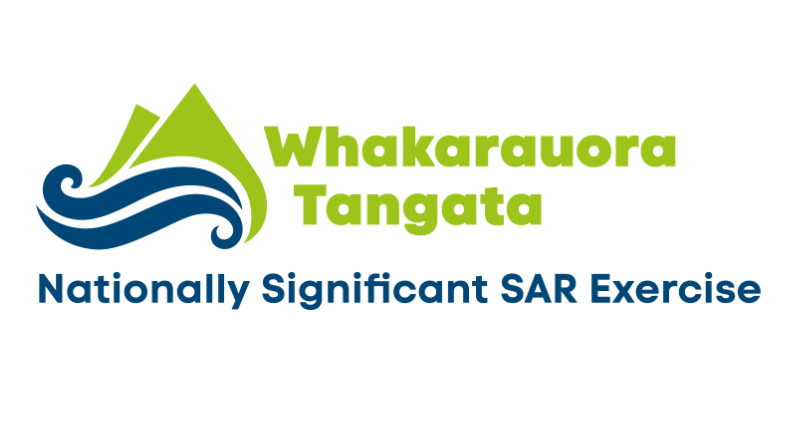
Introducing Exercise Whakarauora Tangata
Nationally Significant SAR incident would be typically coordinated by New Zealand’s search and rescue authorities, but due unusual features of scale, nature, intensity, or possible consequences may require a response that is beyond the capacity or capability of our SAR system.
Such incidents are likely to require a coordinated government response by New Zealand’s National Security System (NSS). They are typically low-probability, high-consequence events, such as the 1979 Erebus crash or the 1986 sinking of the MS Mikhail Lermontov. The recent MV Kaitaki incident verged on being nationally significant and certainly would have been if it had run aground on Wellington’s South Coast.
The NZSAR Council directed the NZSAR Secretariat to scope options for a national exercise, and a series of phased exercises were approved in principle for the financial years 2022/23 and 2023/24.
We are currently planning and consulting across the SAR sector, with the first series of activities scheduled for winter 2023. More
detailed outlines of the scope, purpose, objectives and conduct of the exercise series can be found on our website. The site will be kept up to date with resources, news articles and updates as the exercise progresses.
The name and logo
The exercise's name is the amalgamation of three words – whaka, rauora and tangata. Whaka gives mana to the word it is combined with, rauora means rescue and tangata means people. Together the name Whakarauora Tangata means 'the rescue of people’.
The logo shows the mountains and oceans of Ranginui (sky father) and Papatūānuku (earth mother). In between them is Te Kore – the nothingness – where there is potential for anything to happen.
This article was first published in the March 2023 issue of Link Magazine.
See our website For the latest information on Exercise Whakarauroa Tangata.
